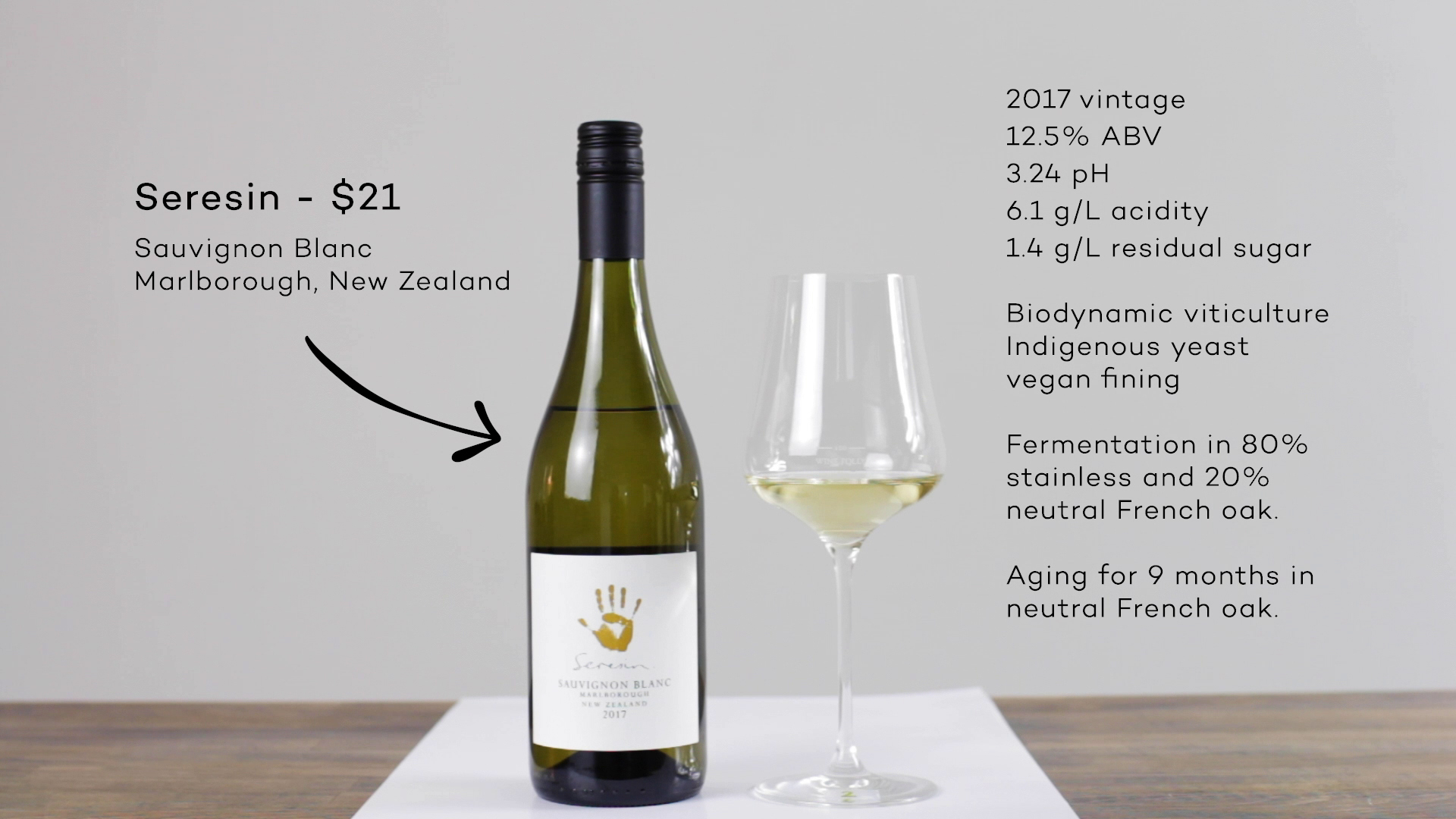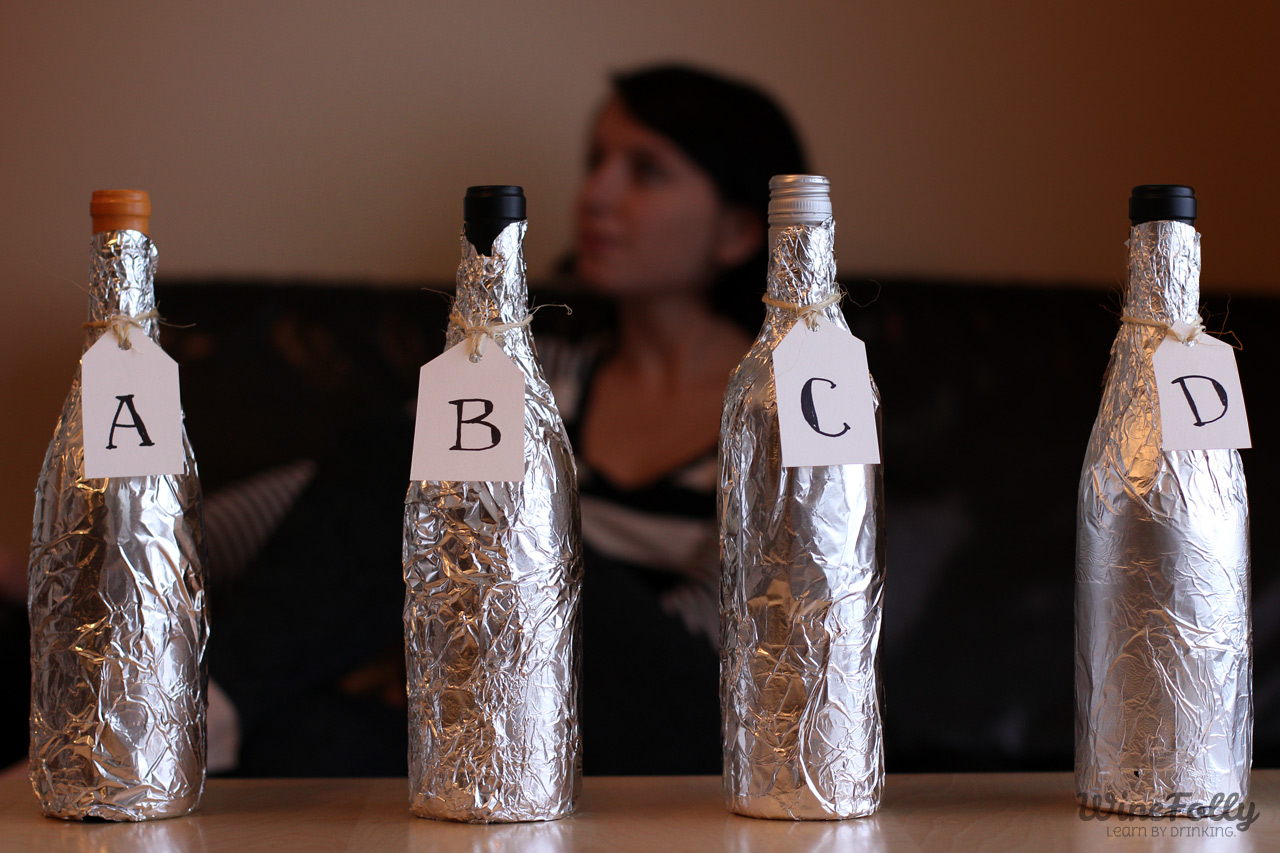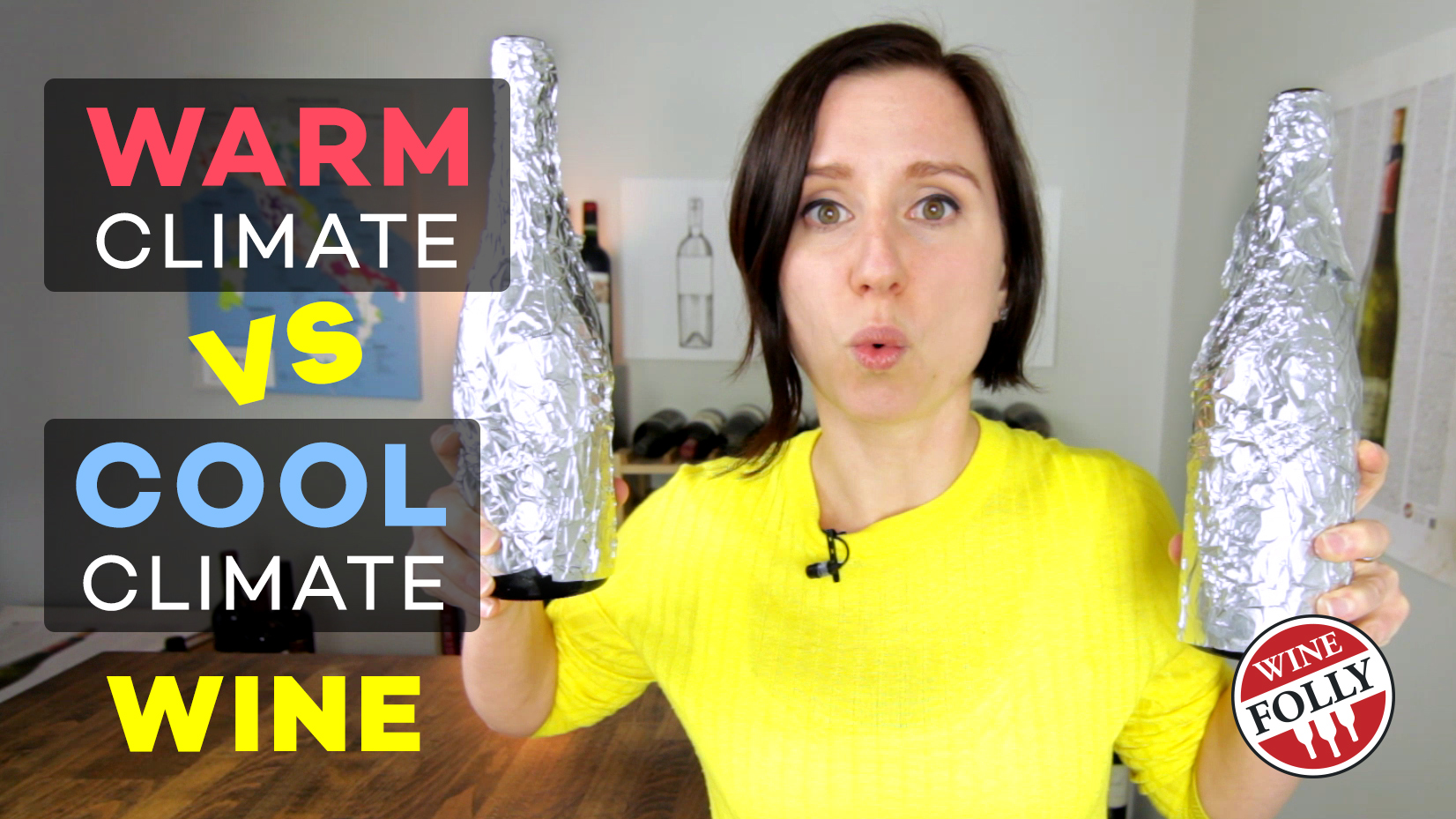Sauvignon Blanc grows all over the world. In fact, if you look at the numbers, Sauvignon Blanc ranks as one of the top 10 most planted grape varieties in the world (and third-most planted white grape after Chardonnay and Airén).
With such diversity of growing locales, Sauvignon Blanc has many different expressions. So, one thing you can do to really wrap your brain around this wine is to create your own comparative tasting.
For this tasting you can use any cool climate vs. warm climate wines. Here are some alternative examples you can seek out to develop your own DIY Sauvignon Blanc taste comparison:
Warm Climate Sauvignon Blanc
- California (Napa Valley, Central Coast)
- Washington State (Columbia Valley)
- South Australia
- Central Chile
- Argentina
- Spain
Cool Climate Sauvignon Blanc
Setting Up Your Tasting
The hardest part of setting up a comparative tasting is to properly disguise your wines. I like to use aluminum foil, but if you have two identical decanters, this is a fantastic way to mix up the wines (even if you have to do your own pouring)!
Try to make sure you taste the wines with identical sized pours (say about 75 ml / 3 oz) in identical wine glasses.
Serving Temperature?
After testing Sauvignon Blanc in this video, I felt more confident identifying flavors with the wines at room temperature (or only slightly chilled). I would recommend this if you’re just getting started.
After you get your tasting set up, use the 4-Step Tasting Method to analyze each wine. Watch the video above for inspiration!
What We Tasted
**SPOILER ALERT!** DON’T PEEK IF YOU WANT TO GUESS THE WINES!
For this tasting I dug around my local wine shop for wines produced using remarkably similar winemaking methods. This is really important because the winemaking method can greatly affect the outcome of the wine. Fortunately, there happened to be two wines with very similar stories!

Warm Climate Sauvignon Blanc
Grgich Hills has a pretty large all organic certified vineyard in the southern part of Napa in the Carneros AVA. This is a great spot because it’s cool enough to keep Sauvignon Blanc producing high acidity.
What surprised me about this wine is that even though it tasted completely “oak free,” it was fermented in oak and aged in neutral oak barrels. We can wonder if perhaps Sauvignon Blanc is a lot higher acid and more robust of a variety that can stand up to the oxidative aging that oak provides. Also, this is probably partly why the wine was such a rich yellow color!
Grgich Hills Estate “Fumé Blanc” Sauvignon Blanc 2015
- Price: $31
- Alcohol: 13.5% by volume
- pH: 3.19
- Total Acid: 7.0 g/L
- Aging: 6 months on the lees in neutral oak.
- 100% Sauvignon Blanc

Cool Climate Sauvignon Blanc
What surprised me about this wine is the robust, herbal flavors of bell pepper and jalapeño. It was also quite dry (which you can verify by the tech info!). This makes this wine unique because Marlborough has a reputation for its sweetish, passion fruit driven wines. Even though this wine was not my favorite (more of a balance thing then anything else), I was impressed by this producer’s dedication to making a wine that really communicates the Marlborough climate.
Plus, it’s made with biodynamic viticulture! New Zealand is ahead of the curve when it comes to social and ecological responsibility.
Seresin Estate Sauvignon Blanc 2017
- Price: $21
- Alcohol: 12.5% by volume
- pH: 3.24
- Total Acid: 6.1 g/L
- Aging: 9 months on the lees in neutral French oak.
- 93% Sauvignon Blanc / 7% Sémillon
Try it Yourself!
Grab some wine and a friend (or two) and try this tasting yourself. It doesn’t matter how experienced you are, you will learn something new!


